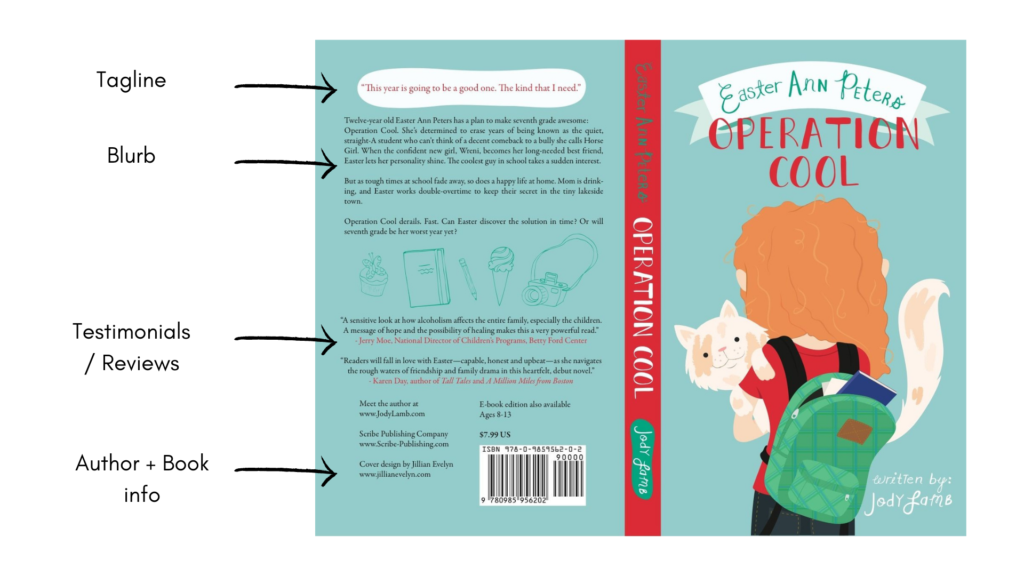Publishing Tips and Tricks
For March's tips and tricks, our topic discussion is 'Blurbs. This month we'll tackle the meaning of a blurb as well as how to write a blurb!
Ⅰ) What is a blurb? A blurb is a short description of your book that offers a bit of insight into your characters and plot. Specifically, the main conflict they'll face throughout the book. It's similar to a full-length summary, except it's briefer, in which it doesn't reveal every plot point — only enough of the plot to give readers an overview of what to expect and entice them to read.

Ⅱ) How do I write a blurb? Unlike your book title (a topic we published last month - go check it out!), there's a lot more room in your blurb to give readers insight into your plot. However, because of this, it's important not to go crazy and make a blurb that's super long. You don't want to reveal too much. The average length of a blurb generally falls between 100 and 200 words. That's not to say you have to follow that standard, but it is a good standard to keep in mind.
PS. Write your blurbs in third person. And as briefly touched on in the first bullet point, a blurb should introduce your protagonist, possibly an antagonist (which isn't always another character), and their challenges.
Speaking of conflict, what is a blurb without tension? Now, tension doesn't necessarily equate to something "bad". It can be romantic tension, thrilling tension, mysterious tension, etc. Something that resonates with your genre. That's why it's important that you have a conflict mapped out. The point of your blurb isn't to "summarize" but to hook your readers. Therefore, what adding tension does is reel your readers in. They become invested in your characters without having properly met them yet.

Ⅲ) How do I create tension? Well, if you have an idea of what your conflict will be, it's good to start from there. The conflict raises questions but doesn't necessarily answer them (sometimes you can hint at a possible solution though). For example: Can Martin get to his family on time? Will Jane overcome her stage fright? Those are just simple questions, and of course, your plot might be a little more complex than that.
You also most likely wouldn't write those questions in that way (try to avoid writing those questions straight-forward like that in your blurb or it won't have the desired effect) — it'd be a lot more enticing to break those questions down. But overall, it at least gives an idea of the kinds of big questions your blurb should make readers want the answers to. Ask yourself what your character's objectives are, then use that to your advantage.
Loutka
Team Of Dreams

Bạn đang đọc truyện trên: Truyen247.Pro